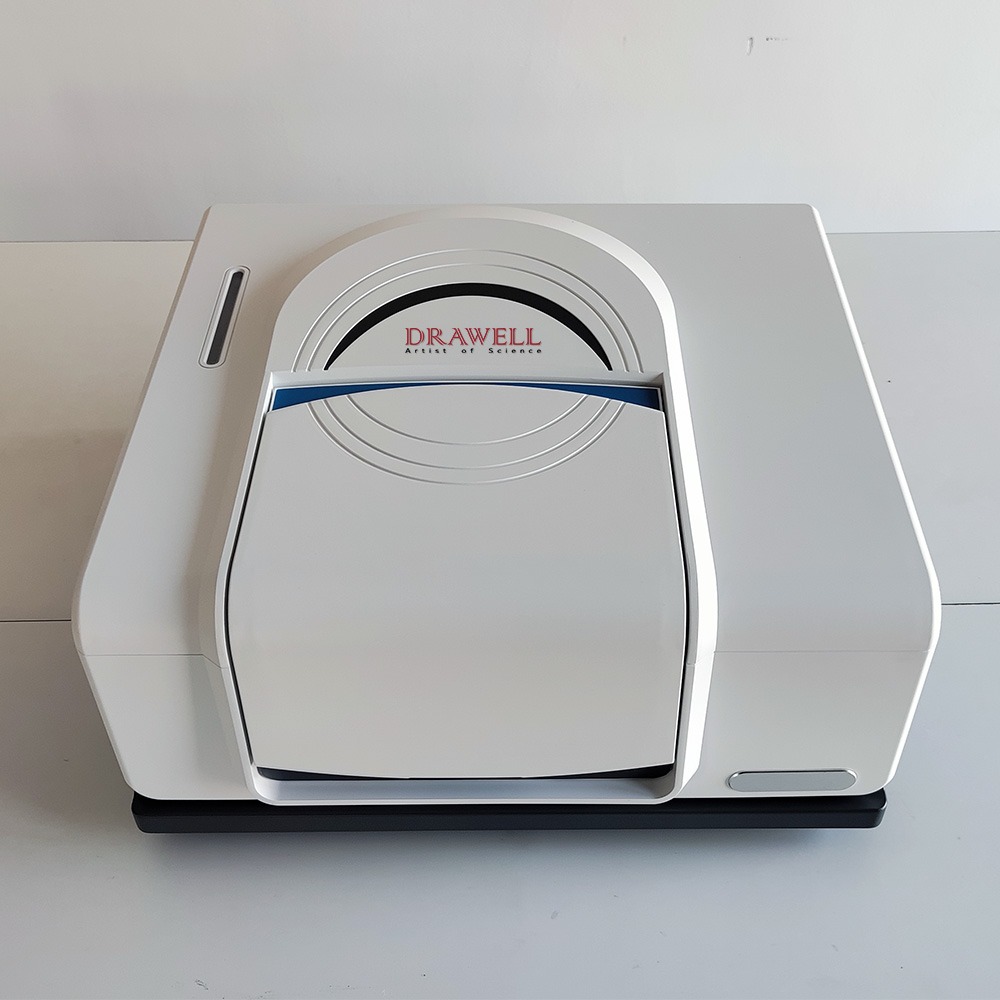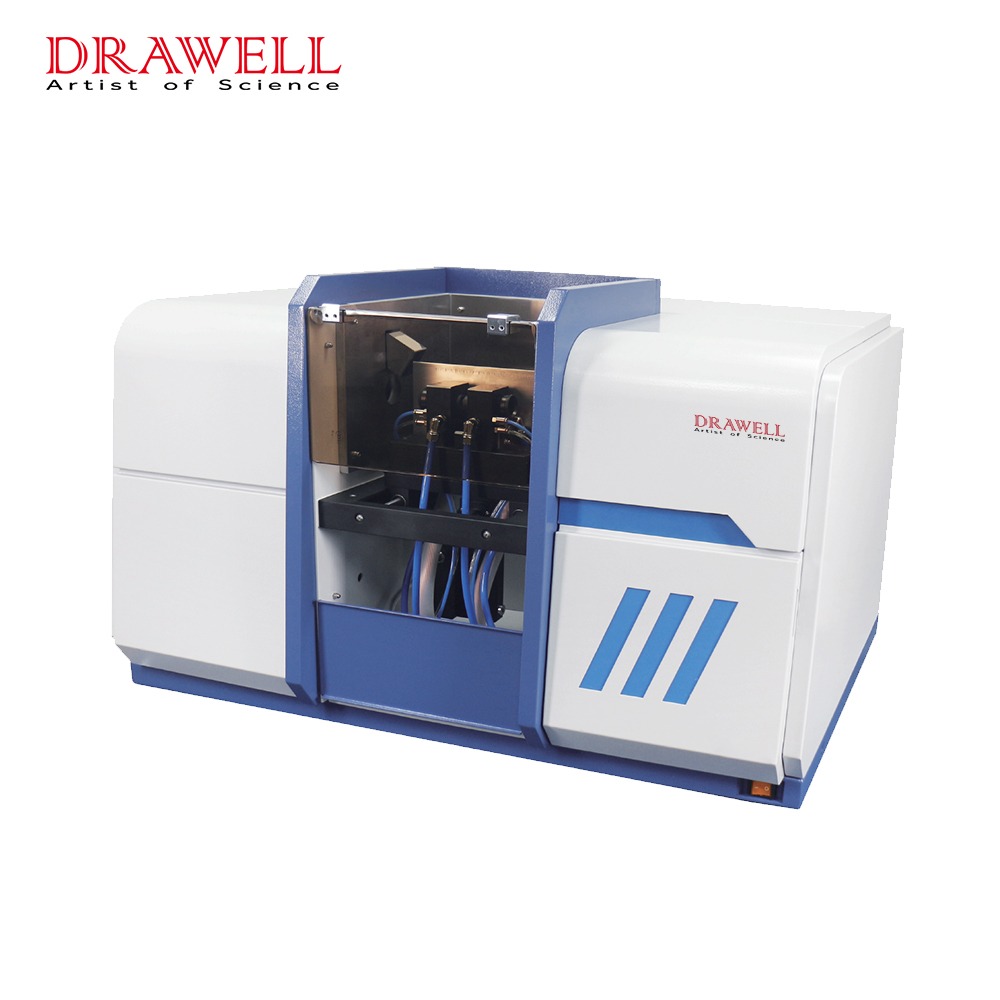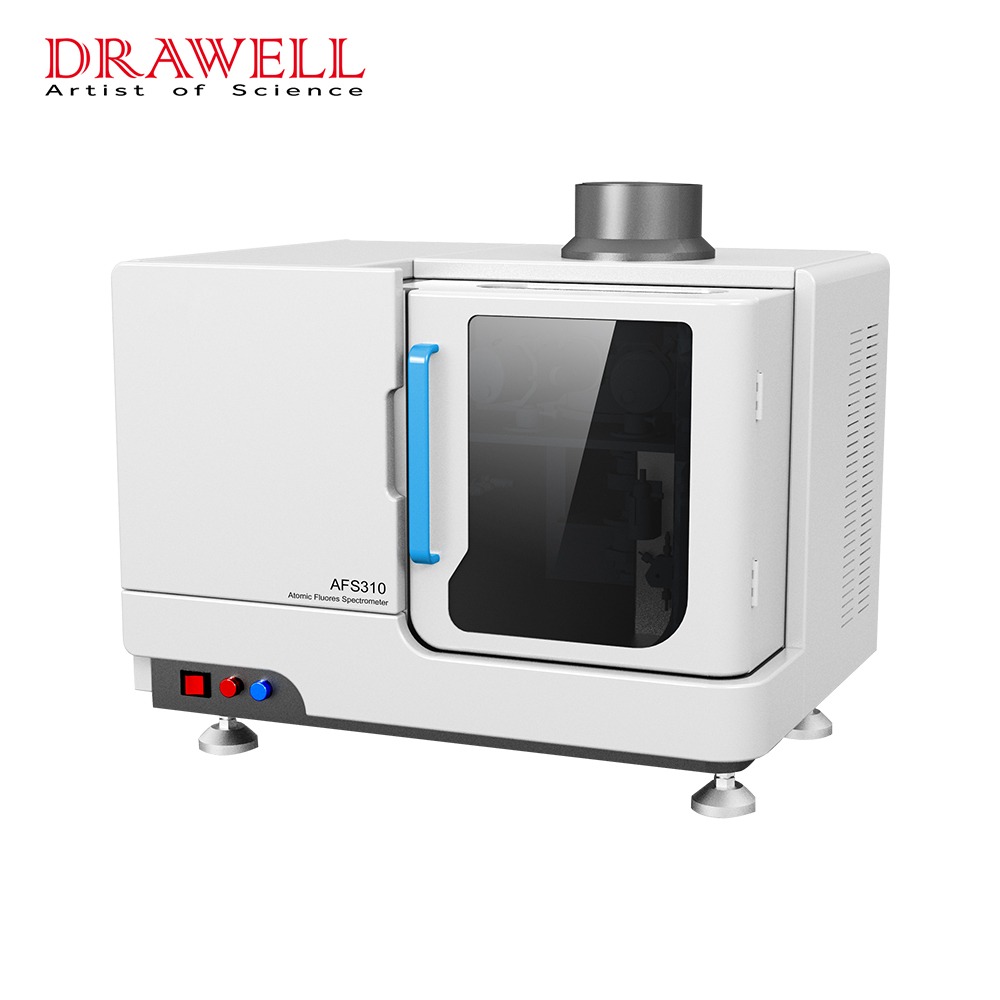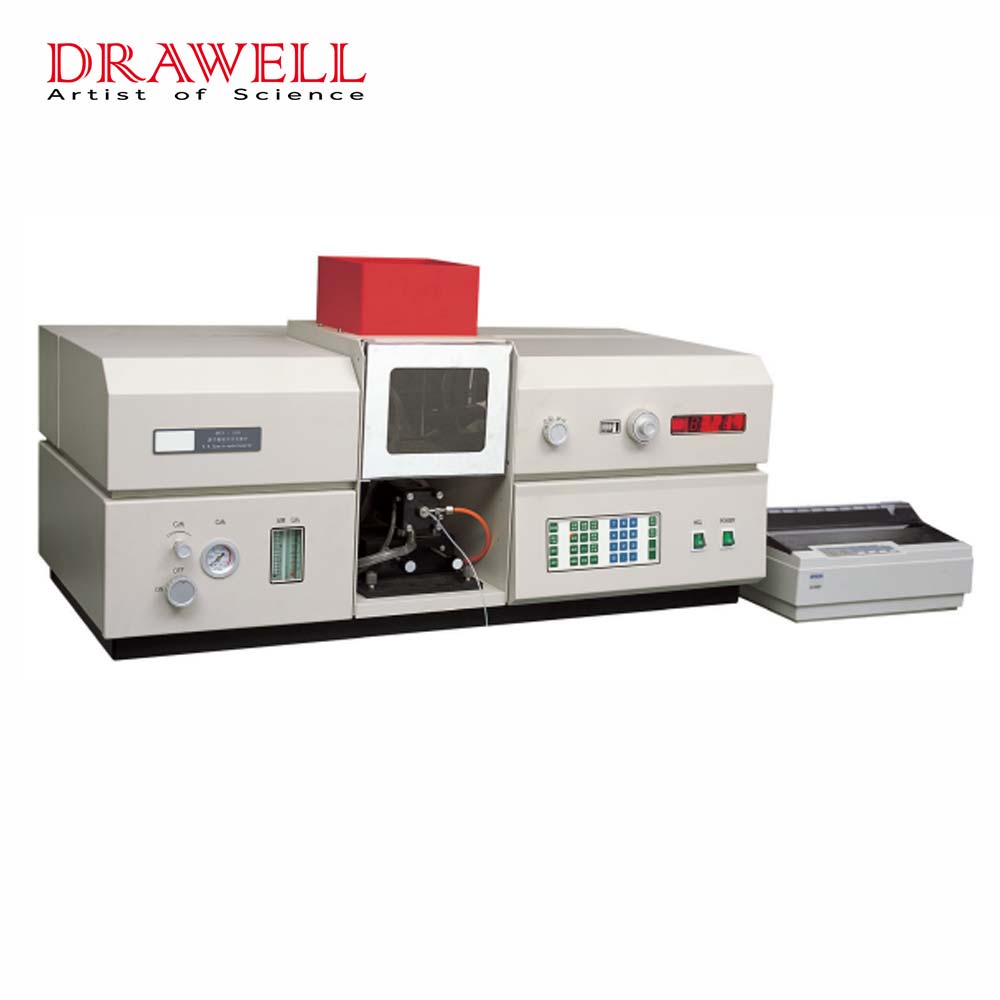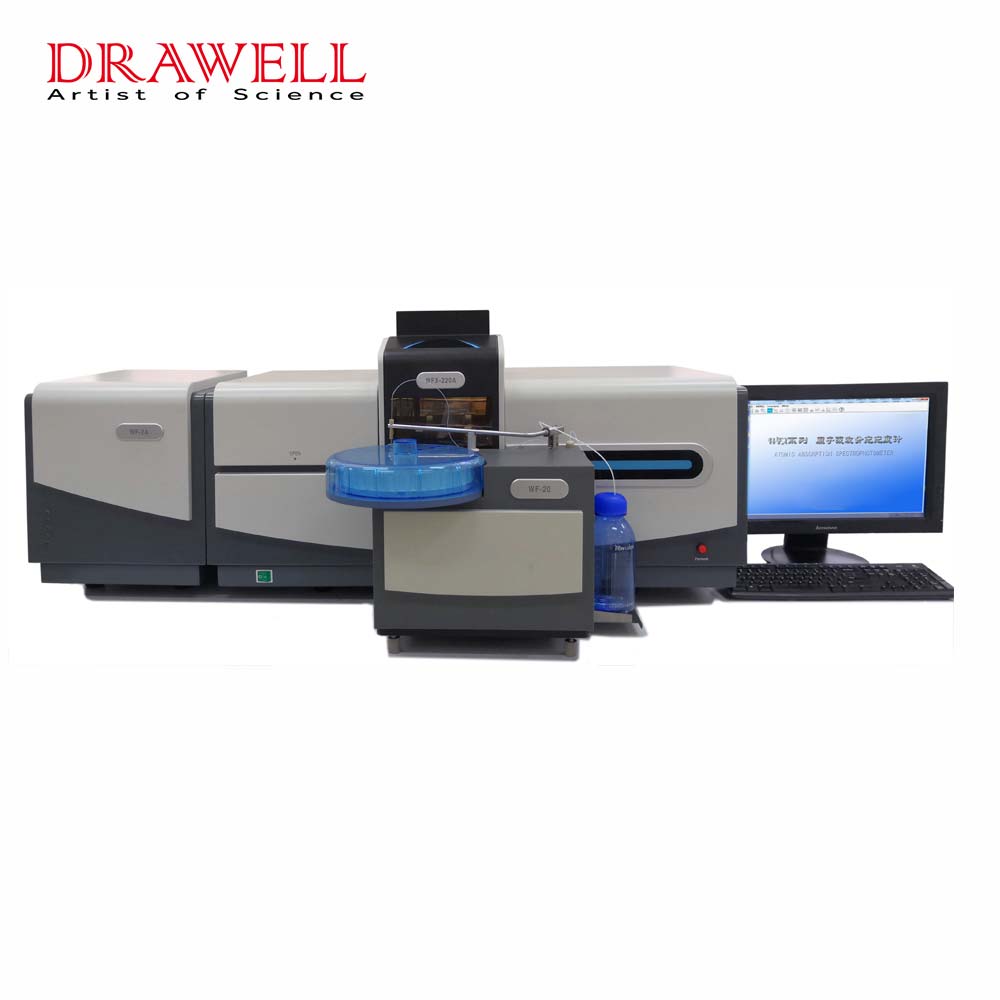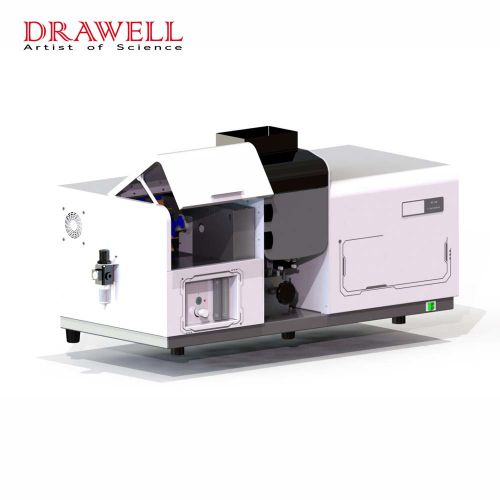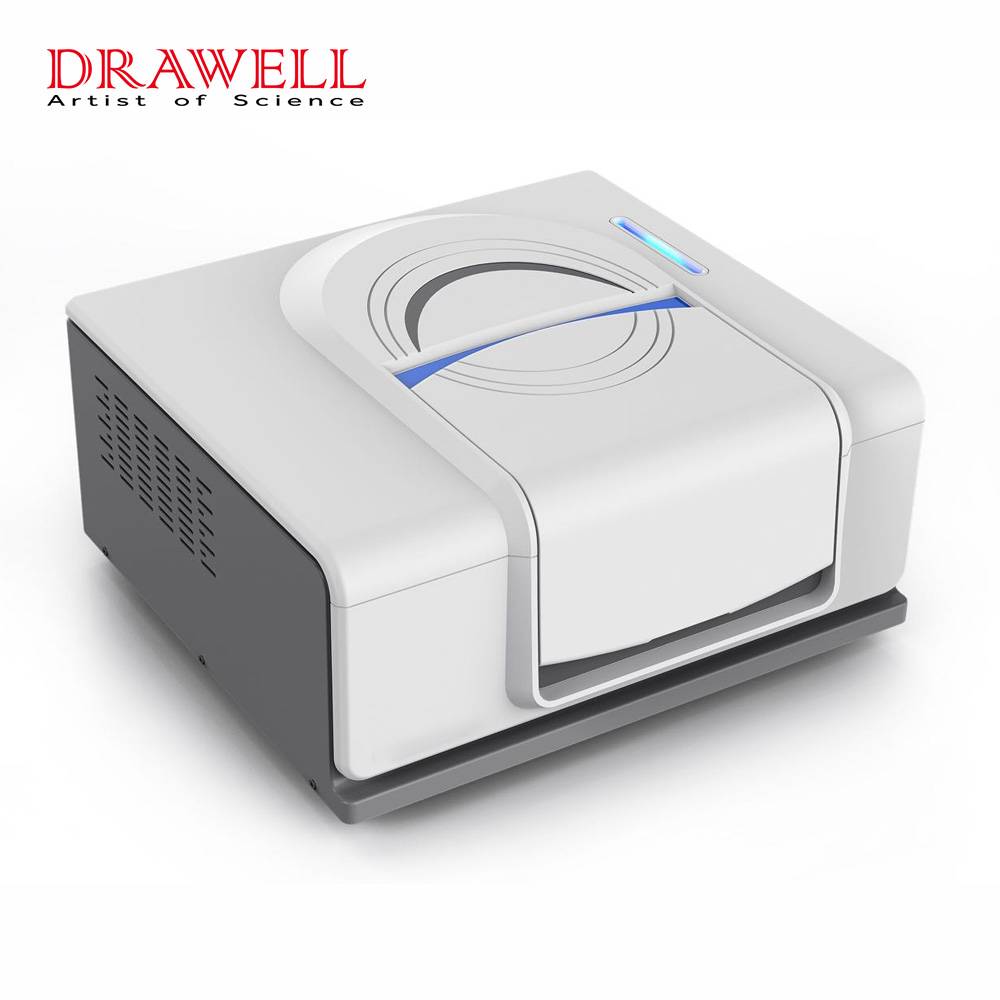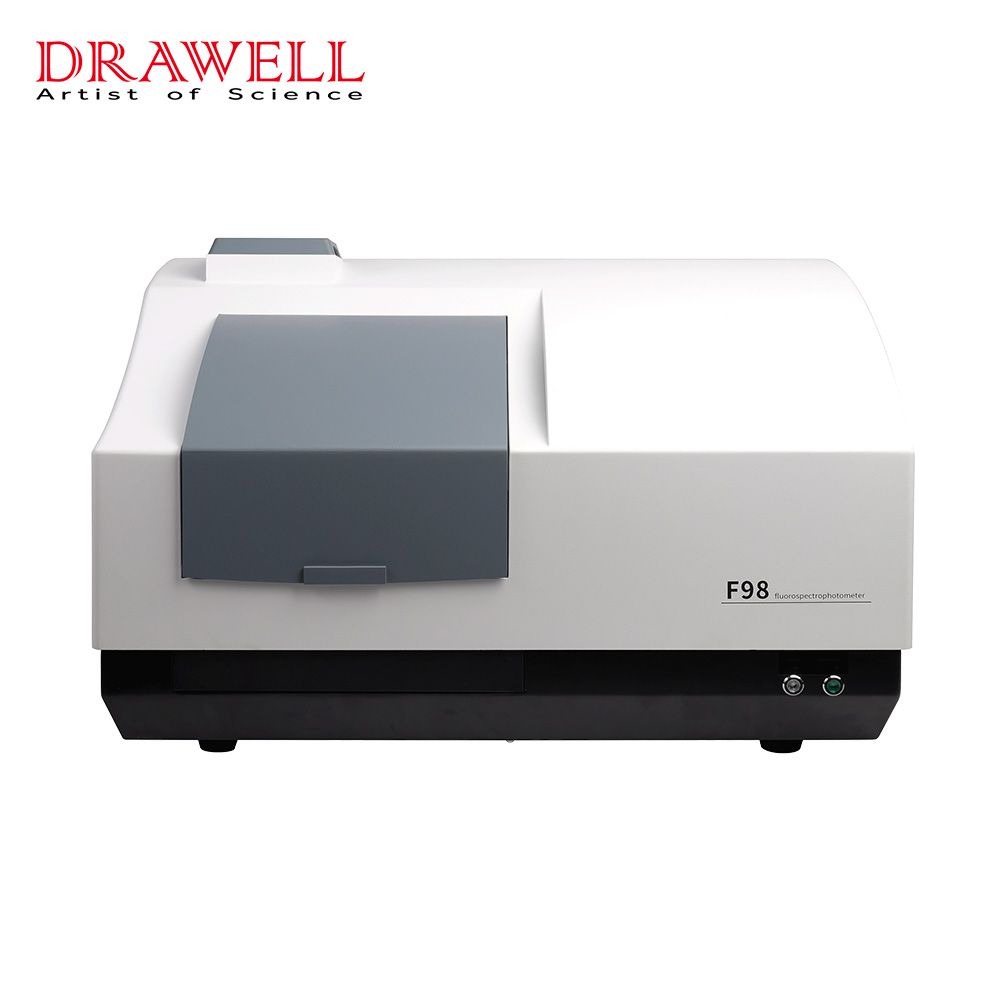Fourier Transform Infrared (FTIR) Spectrometers are sophisticated scientific instruments that have revolutionized the analysis of the infrared region of the electromagnetic spectrum. These instruments utilize the principles of Fourier Transform spectroscopy to provide valuable insights into the chemical composition, molecular structure, and functional groups of a wide range of materials. With their versatile working process and numerous applications, FTIR spectrometers have become indispensable tools in various fields of scientific research, industrial processes, and environmental monitoring.
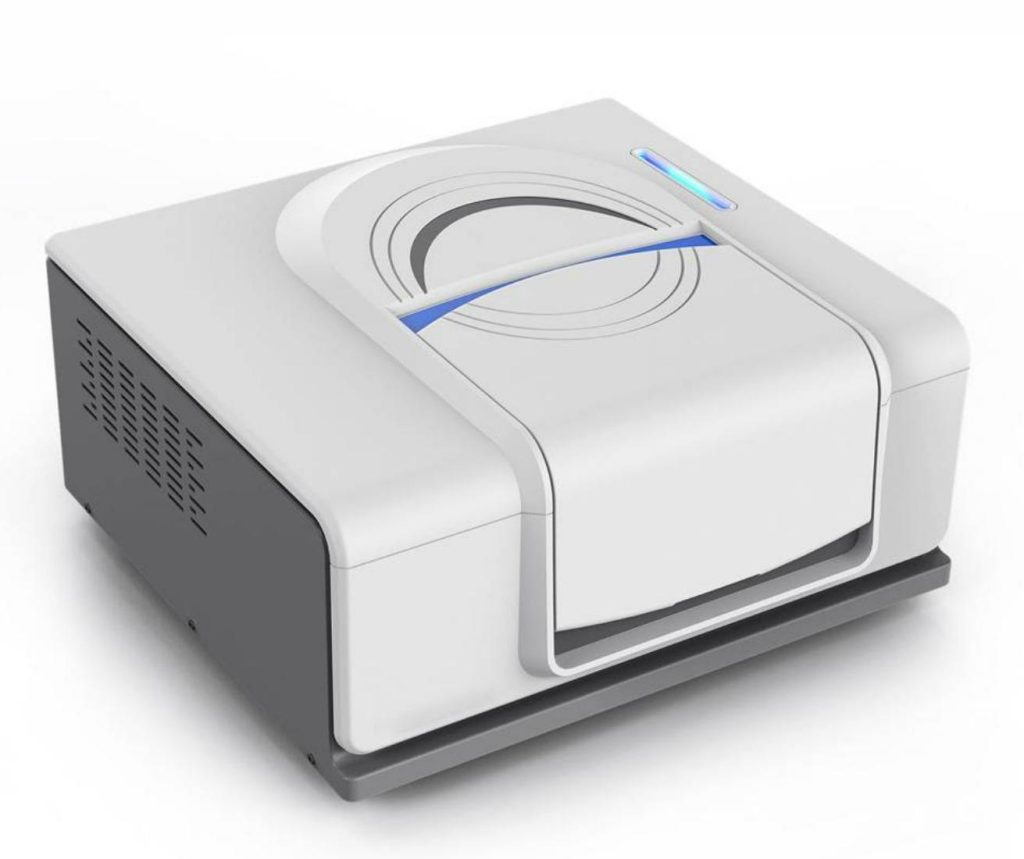
What Is the Working Process of Fourier Transform Infrared (FTIR) Spectrometers?
The working process of a Fourier Transform Infrared Spectrometer (FTIR) can be broken down into several steps:
- Infrared Source: The FTIR spectrometer starts with an infrared source that emits a broad spectrum of infrared light. Common sources include globar, Nernst glower, and synchrotron radiation.
- Interferometer: The emitted infrared light is directed towards an interferometer, which consists of a beam splitter and two mirrors. The beam splitter splits the incoming light into two beams: one travels towards the sample, and the other travels towards a reference mirror.
- Sample Chamber: The sample chamber holds the sample that is being analyzed. The infrared beam directed towards the sample interacts with the sample, and the interaction leads to absorption, transmission, or reflection of specific infrared wavelengths based on the sample’s molecular composition.
- Detector: After interacting with the sample, the infrared beam is redirected back towards the interferometer. The two beams—one from the sample and the other from the reference mirror—are recombined at the beam splitter. The recombined beam is then directed towards a detector, such as a mercury-cadmium-telluride (MCT) or a pyroelectric detector.
- Interferogram Formation: The detector measures the intensity of the recombined beam as a function of time. This measurement results in an interferogram, which is an interference pattern representing the sum of all the wavelengths absorbed or emitted by the sample.
- Fourier Transform: The interferogram is subjected to a mathematical process called Fourier Transform, which converts the interferogram from the time domain to the frequency domain. This process involves decomposing the interferogram into its constituent frequencies.
- Spectrum Generation: The output of the Fourier Transform is a spectrum, commonly referred to as an infrared spectrum or an FTIR spectrum. The spectrum represents the intensity of infrared light at different frequencies or wavenumbers, corresponding to specific molecular vibrations and absorptions in the sample.
- Data Analysis: The generated spectrum is then analyzed to identify characteristic absorption peaks, which correspond to specific functional groups or molecular bonds present in the sample. The spectrum can be compared to reference spectra or databases to determine the composition or structure of the sample.
Throughout the working process, various parameters, such as path length, resolution, and scanning speed, can be adjusted to optimize the measurement and obtain accurate and reliable results. The versatility of FTIR spectrometers makes them valuable tools in a wide range of applications.

What Are 5 Applications of Fourier Transform Infrared (FTIR) Spectrometers
1.Analyzing the chemical composition and structure of materials
Fourier Transform Infrared (FTIR) spectrometers are extensively used for analyzing the chemical composition and molecular structure of materials. They provide valuable information about the functional groups and molecular bonds present in the sample. FTIR spectroscopy allows researchers to identify and characterize materials such as polymers, coatings, composites, minerals, and pharmaceuticals. It can determine the presence of specific compounds, assess material purity, identify additives, and investigate chemical interactions within the material.
2.Identification of organic and inorganic compounds
FTIR spectrometers are powerful tools for the identification of both organic and inorganic compounds. Each compound has a unique infrared absorption spectrum that corresponds to its molecular vibrations. By comparing the FTIR spectrum of an unknown compound with reference spectra or databases, it is possible to identify the compound accurately. This capability is particularly useful in fields such as forensic analysis, pharmaceutical research, environmental monitoring, and chemical synthesis, where the identification of compounds is essential.
3.Quality control and process monitoring in various industries
FTIR spectrometers play a crucial role in quality control and process monitoring across a wide range of industries. They enable real-time analysis and monitoring of chemical processes to ensure product consistency and adherence to quality standards. FTIR spectroscopy can detect impurities, monitor reaction progress, assess the composition of raw materials, verify the integrity of final products, and detect any deviations from desired specifications. Industries such as pharmaceuticals, chemicals, food and beverages, polymers, and petrochemicals utilize FTIR spectrometers for quality control and process optimization.
4.Environmental monitoring and pollution analysis
FTIR spectrometers are extensively used for environmental monitoring and pollution analysis. They can detect, identify, and quantify various pollutants in air, water, and soil. FTIR spectroscopy is effective in analyzing volatile organic compounds (VOCs), atmospheric gases, and contaminants in environmental samples. It aids in assessing the levels of pollution, identifying pollution sources, and evaluating the impact of pollutants on ecosystems and human health. Environmental agencies, research institutions, and industries rely on FTIR spectrometers to monitor and manage environmental pollution.
5.Pharmaceutical and biomedical applications
FTIR spectrometers find significant applications in the pharmaceutical and biomedical fields. In pharmaceutical analysis, they are used for quality control, formulation analysis, and drug development. FTIR spectroscopy allows for the assessment of drug purity, detection of impurities, monitoring of drug stability, and characterization of drug-drug interactions. In biomedical research, FTIR spectrometers aid in studying biomolecules, tissues, cells, and biological fluids. They provide insights into disease diagnosis, protein structure analysis, drug delivery systems, and biomarker identification. FTIR is also employed in analyzing pharmaceutical formulations, studying biomaterials, and assessing drug release kinetics.
In summary, Fourier Transform Infrared (FTIR) spectrometers have diverse applications in analyzing the chemical composition, structure, and quality of materials. They enable the identification of organic and inorganic compounds, facilitate quality control and process monitoring in various industries, support environmental monitoring and pollution analysis, and find utility in pharmaceutical and biomedical research. FTIR spectroscopy’s versatility and analytical capabilities make it a valuable tool in numerous scientific, industrial, and environmental applications.

